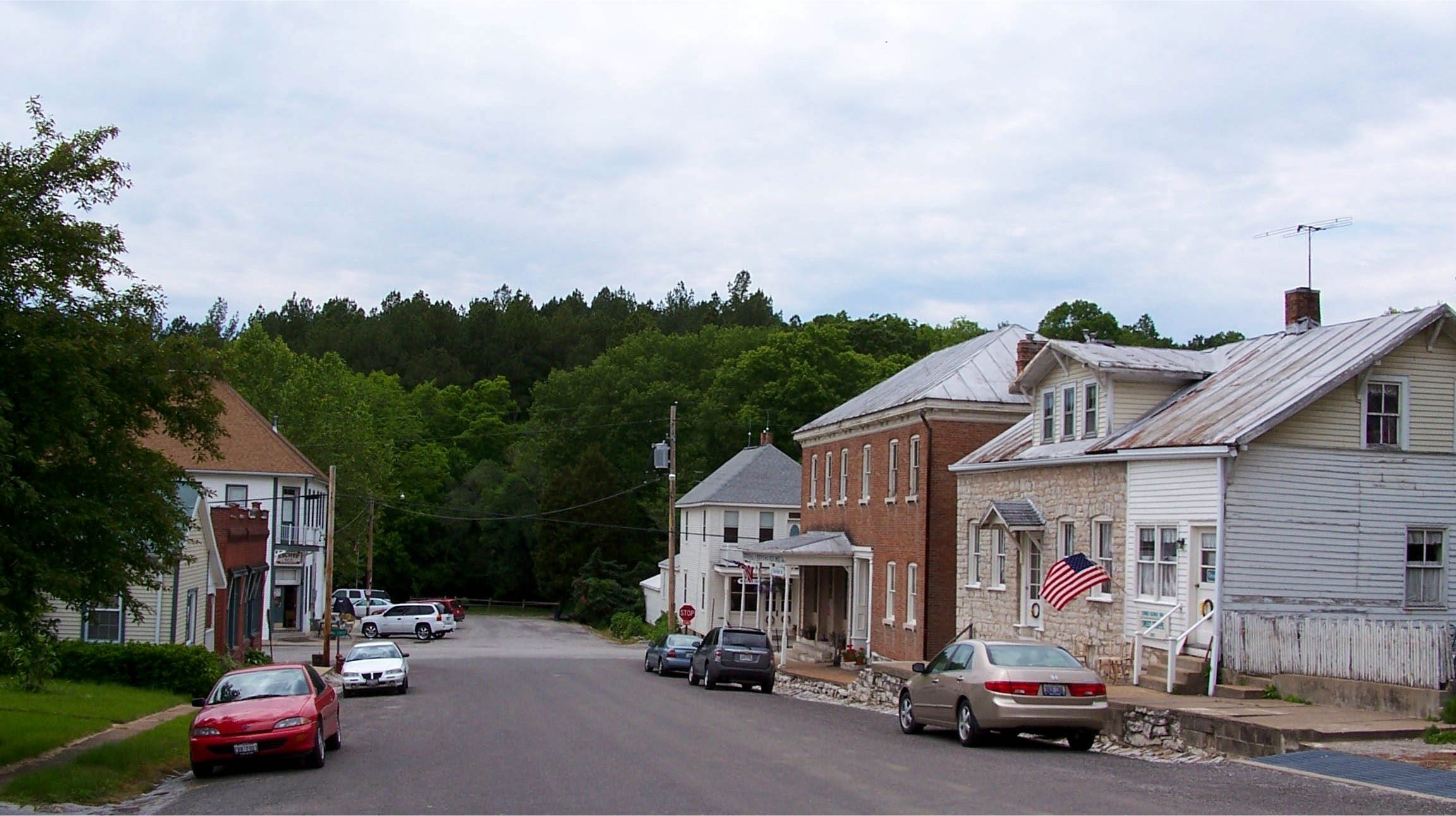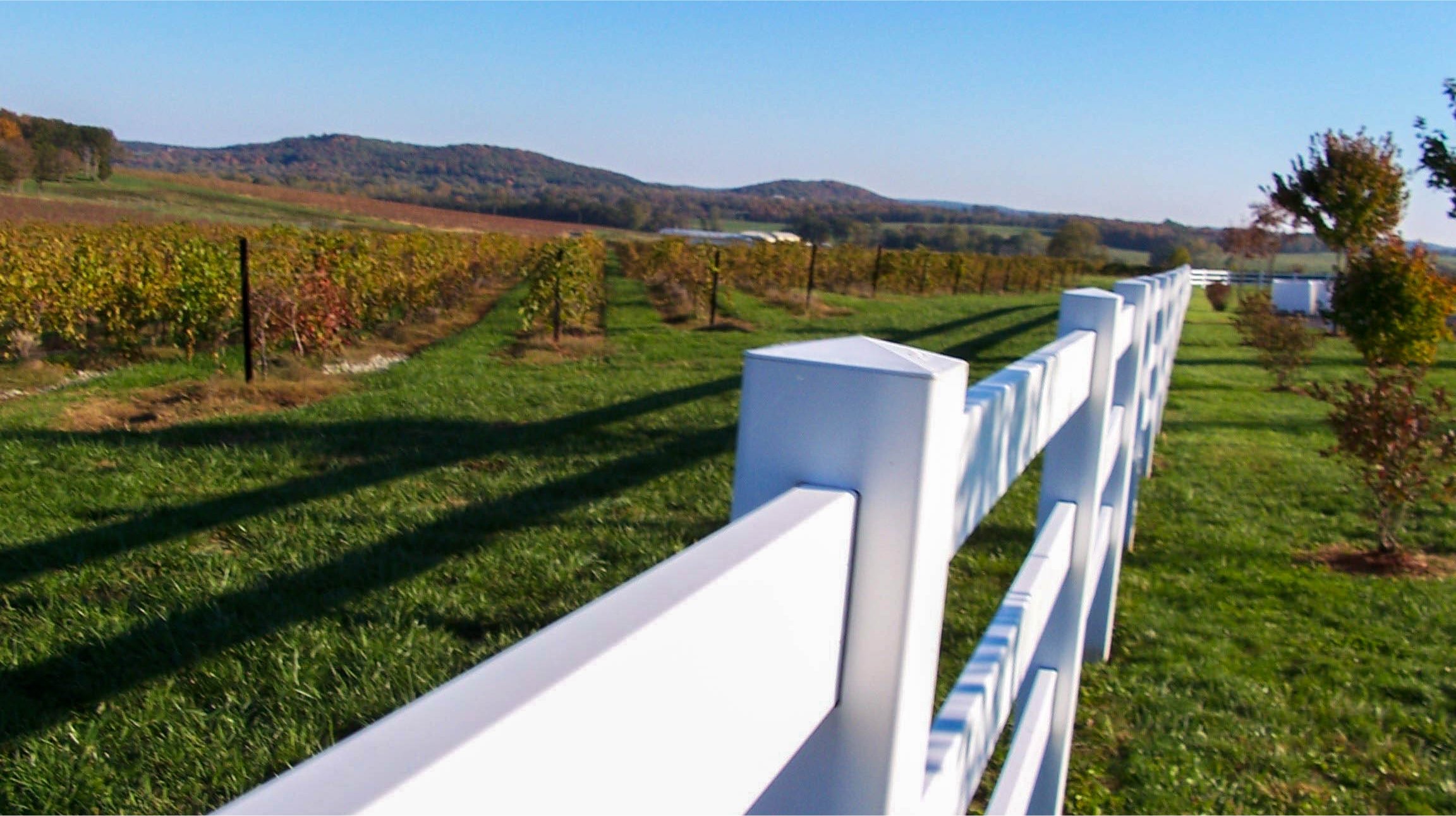4372 Park Road
Ellis Grove, Illinois
618-859-3741
Fort Kaskaskia is situated on a bluff overlooking the Mississippi River and offers scenic views of the American Bottoms, the confluence of the Mississippi and Kaskaskia rivers, and the site of the original town of Kaskaskia, which was once the first state capitol of Illinois.
After the expedition by Louis Joliet and Jacques Marquette in 1673 the Mississippi River valley was claimed by the French and in 1703 the village of Kaskaskia, the second European settlement in the state of Illinois, was established. The first inhabitants were a few French traders and their Indian wives but by 1718 the boundaries had been set up for the village and its adjoining Commons and Common Fields. A thriving community emerged around the fertile soil of the American Bottoms. Flour mills were set up and grain was shipped up and down the Mississippi River.
Garrison Hill, on the bluffs overlooking Kaskaskia, became the location of Fort Kaskaskia with construction beginning in 1759 and never being completed. This fort never played a part in the French and Indian War that began in 1754 and ended in 1763 when the Treaty of Paris ceded all French possessions east of the Mississippi River, including Kaskaskia, to Great Britain. Before the British arrived the people of Kaskaskia destroyed the fort. When the British arrived in 1766 all they found was an earthwork ruins and chose to build a new fort, Fort Gage, in the town itself.
The British controlled what is now the state of Illinois until the American Revolution. In 1778 George Rogers Clark led an expedition across southern Illinois with his "Long Knives." On July 4, 1778, Clark surprised the British and captured the town and Fort Gage, liberating the town without firing a shot. In celebration, the Kaskaskians rang the parish bell, which became known as the "Liberty Bell of the West." Official control of the area passed to the United States at the end of the Revolutionary War. In 1784 John Dodge, a Connecticut adventurer, and a group of bandits occupied Fort Kaskaskia and made it their headquarters for terrorizing the region until being driven out in 1790. The U.S. Army later renovated the fort and 11 of its men were enlisted in the Corps of Discovery when Lewis and Clark passed through here in 1803. The fort was last used during the War of 1812 as shelter from raids by Native Americans allied with Great Britain. Today the parapets and dry moat of Fort Kaskaskia are still visible.
Just north of the remnants of the fort is Garrison Hill Cemetery (photo left.) In the late 1800's the Mississippi River began to change course, which along with two devastating floods began to destroy the town of Kaskaskia. Concerned citizens acted to transfer the remains of over 3,000 grave sites from three cemeteries in Kaskaskia to Garrison Hill, a site high on the bluffs overlooking the river. By 1909 the original town of Kaskaskia had disappeared, having finally succumbed to the Mississippi. The graves of many of Illinois’ earliest pioneers are located on Garrison Hill including Pierre Menard, the 1st Lt. Governor of Illinois, his two wives and other family members. Also buried here is William Morrison, an important fur trader operating from St. Louis, who helped to establish the Santa Fe Trail by sending Baptiste LaLande to open trade with the Spanish. It should be noted that when looking across the Mississippi you are not seeing the state of Missouri. Because of the meanderings of the river over time parts of Illinois wound up on the west bank of the Mississippi including what you see from the bluffs of Fort Kaskaskia.
Fort Kaskaskia features a campground, three pavilions furnished with picnic tables, grills, water, and electricity as well as numerous picnic tables and grills that can be found throughout the site.
The Lewis and Clark Connection
William Clark visited Kaskaskia in 1797 while looking into a lawsuit brought by Spanish citizens who claimed that his brother, George Rogers Clark, confiscated their possessions for use by his soldiers during the Revolutionary War. At Kaskaskia, Clark met some of the most influential and powerful men of the region. When the Corps of Discovery arrived in Kaskaskia on November 29, 1803, Clark’s previous contacts were useful in the gathering information from the local merchants and traders about their knowledge of the Illinois Country as well and what they knew concerning the Missouri River. The Corps also spent time taking scientific readings and replenishing supplies.
The most important reason for stopping off at Kaskaskia was to add more men to the expedition. Secretary of War Henry Dearborn had sent advance orders to the commanders of the fort to "furnish one Sergeant & Eight good Men who understand rowing a boat to go with Capt. Lewis as far up the River as they can go & return with certainty before the Ice will obstruct the passage of the river." Eleven men have been identified as being recruited from Fort Kaskaskia, six from the infantry company commanded by Captain Russell Bissell and five from the artillery company commanded by Captain Amos Stoddard. Also recruited at Fort Kaskaskia were the "engages", skilled French boatmen who would escort the Corps to Fort Mandan in present day North Dakota. Clark left Fort Kaskaskia on December 3, 1803 with a total party of about 25 men and the boats. Lewis stayed on for several additional days leaving by horseback for Cahokia and St. Louis on December 5, 1803.
Visit our special Lewis and Clark Section to learn more about the Corps of Discovery’s experience during their stay in the Middle Mississippi River Valley. greatriverroad.com’s special coverage includes information on all of the region’s sites and events as well as supplemental articles relating to the expedition’s experience during the winter of 1803-04.
Visiting Fort Kaskaskia State Historic Site
Visiting Hours: Fort Kaskaskia is always open
There is no charge to visit Fort Kaskaskia State Historic Site.
Explore the community of Prairie du Rocher, Illinois area.















